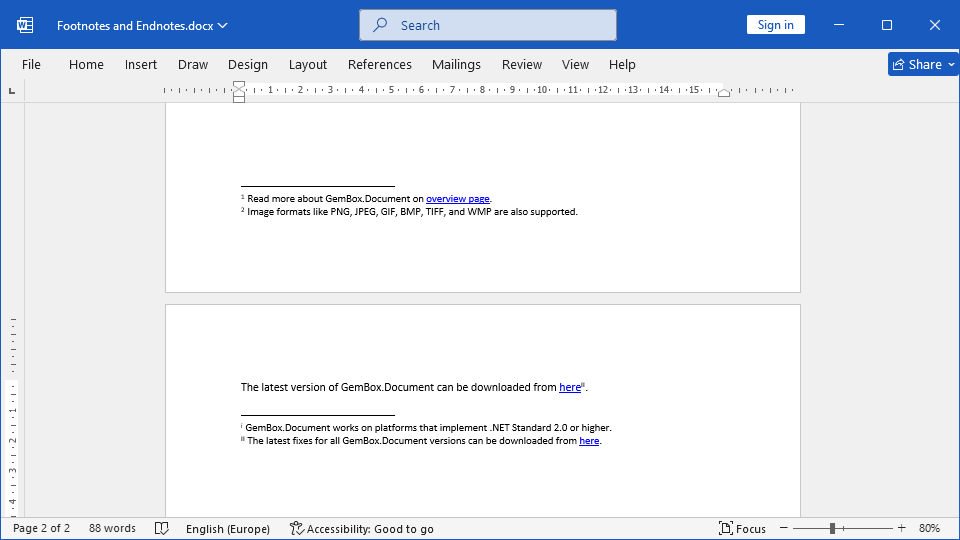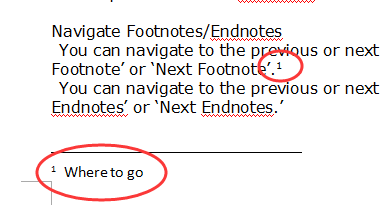

Remove extra paragraph markers appearing within or between footnotes.If necessary, superscript footnote numbers by applying the Footnote Reference style.Choose View, Print Layout to exit the split screen.Your screen will split, and all the footnotes will appear in the bottom window.Find a footnote reference number in your document and double-click it.Choose View, Draft (or click the respective icon at the bottom right of the Word screen).To edit all footnotes in one window to ensure formatting consistency and uniformity:.If a footnote's reference number isn't superscripted in the text or the footnote area, apply the Footnote Reference style to the reference number.If some of the text in a footnote won't change (e.g., font-face or font-size), select only that text and apply the Footnote Text style to it directly.

If there is something wrong with a footnote's layout, apply the Footnote Text style to the footnote's text (but not the footnote's reference number).Please see Tables, Figures, and Illustrations for how to manually insert footnotes for objects.)įixing text and/or layout issues in your footnotes (The exception would be footnotes for objects, such as Tables, Figures, etc. When inserting footnotes, use Word's auto-numbering feature.Each footnote must consist of a single paragraph.Single-spaced with spacing between entries.The content in footnotes is governed by style manuals (APA, MLA, Chicago/Turabian, etc.) and/or your supervisor.If necessary, Word can convert footnotes to endnotes. A consistent style for footnotes must be followed throughout your thesis.


 0 kommentar(er)
0 kommentar(er)
